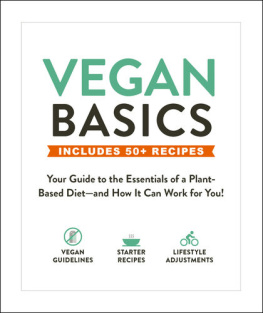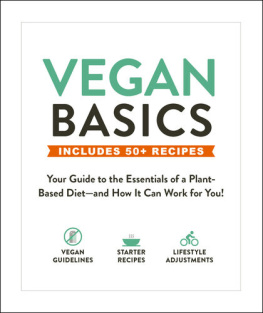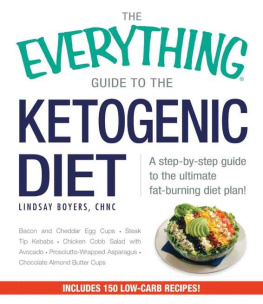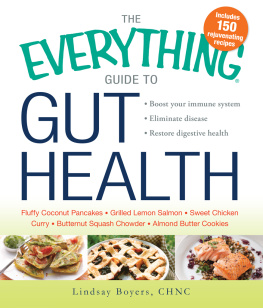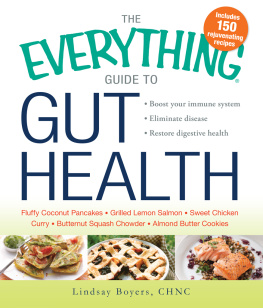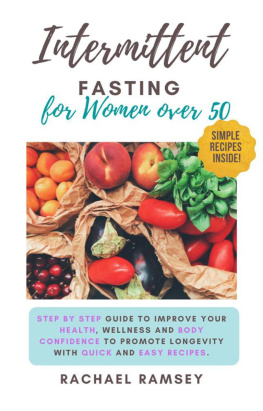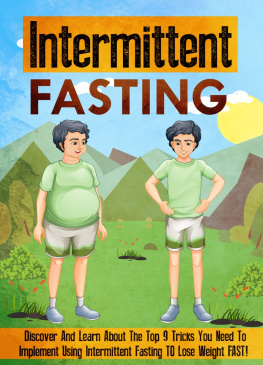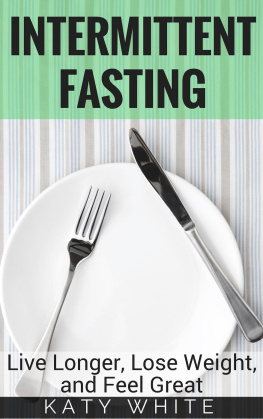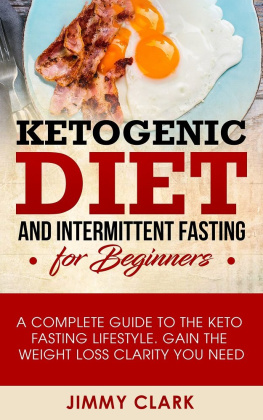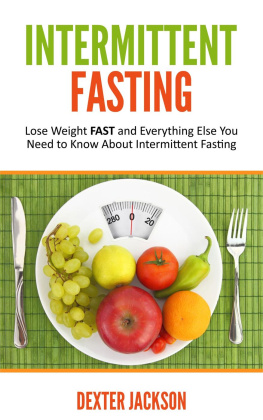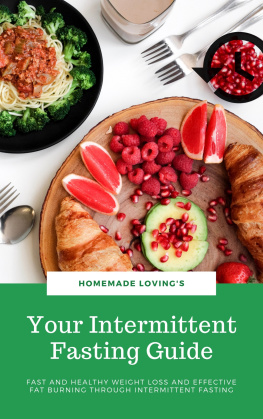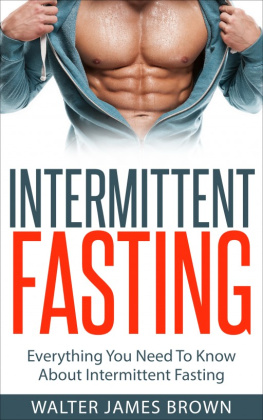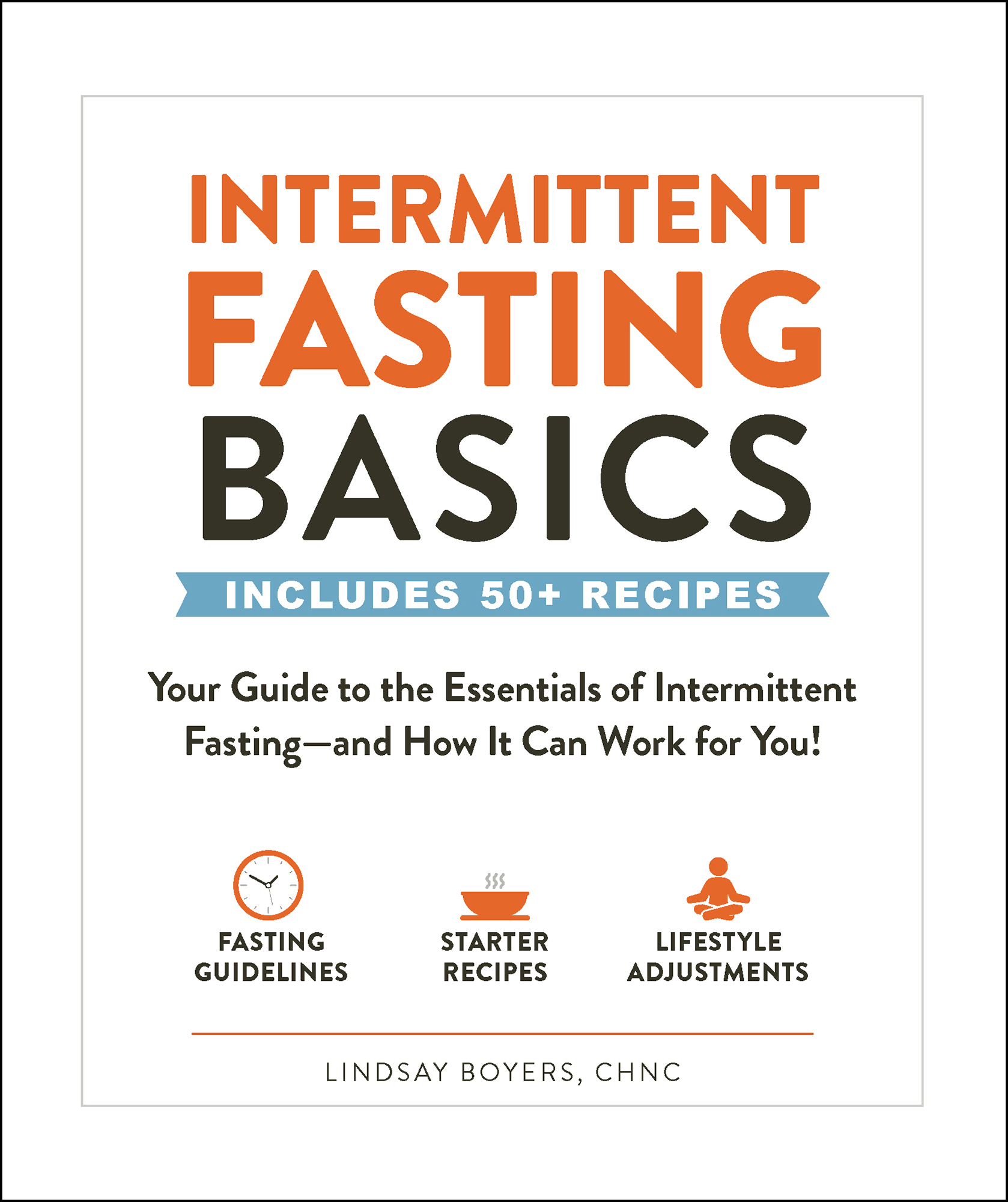Contents
Guide

Adams Media
An Imprint of Simon & Schuster, Inc.
57 Littlefield Street
Avon, Massachusetts 02322
www.SimonandSchuster.com
Copyright 2019 by Simon & Schuster, Inc.
All rights reserved, including the right to reproduce this book or portions thereof in any form whatsoever. For information address Adams Media Subsidiary Rights Department, 1230 Avenue of the Americas, New York, NY 10020.
First Adams Media trade paperback edition May 2019
ADAMS MEDIA and colophon are trademarks of Simon & Schuster.
For information about special discounts for bulk purchases, please contact Simon & Schuster Special Sales at 1-866-506-1949 or .
The Simon & Schuster Speakers Bureau can bring authors to your live event. For more information or to book an event contact the Simon & Schuster Speakers Bureau at 1-866-248-3049 or visit our website at www.simonspeakers.com.
Interior images Getty Images
Cover design by Heather Mckiel
Cover images Getty Images/Jfelton, Panimoni, Appleuzr
Library of Congress Cataloging-in-Publication Data has been applied for.
ISBN 978-1-5072-1055-0
ISBN 978-1-5072-1056-7 (ebook)
Many of the designations used by manufacturers and sellers to distinguish their products are claimed as trademarks. Where those designations appear in this book and Simon & Schuster, Inc., was aware of a trademark claim, the designations have been printed with initial capital letters.
The information in this book should not be used for diagnosing or treating any health problem. Not all diet and exercise plans suit everyone. You should always consult a trained medical professional before starting a diet, taking any form of medication, or embarking on any fitness or weight-training program. The author and publisher disclaim any liability arising directly or indirectly from the use of this book.
Always follow safety and commonsense cooking protocols while using kitchen utensils, operating ovens and stoves, and handling uncooked food. If children are assisting in the preparation of any recipe, they should always be supervised by an adult.
Contains material adapted from the following title published by Adams Media, an Imprint of Simon & Schuster, Inc.: The Everything Guide to Intermittent Fasting by Lindsay Boyers, CHNC, copyright 2018, ISBN 978-1-5072-0841-0.
Introduction
You may have heard about the health benefits of fasting. Not only does it help you lose weight; it also makes your mind clearer and gives you more energy. But where do you begin?
With the basics.
Intermittent Fasting Basics teaches you everything you need to know about fasting in a quick, easy-to-understand way. Wondering how to set up your fasts? Youll find out how to systematically plan your eating habits. Not sure how to derive the greatest benefit from this practice? Youll see a clear set of guidelines, including various fasting plans so you can select the one that best fits your schedule and your needs. Unsure how to construct a diet that best works with intermittent fasting? This book gives detailed advice about what to eat and drink. Plus, there are more than fifty delicious recipes that will supplement your fasting in a healthy way!
Youll learn the ins and outs of fasting. How you apply this information is up to you. Maybe you want to set a regular schedule of fasting, or maybe you want to fast spontaneously, when the moment moves you. Maybe you want to lose weight as well as address health issues.
No matter what your reasons for intermittent fasting are, this book is here to help you confidently ease into this new lifestyle and apply it to your lifeeasily and effectively.
Getting Started with Intermittent Fasting
As the name implies, intermittent fasting is a lifestyle in which you periodically go without food. This doesnt mean you starvefar from it. Instead, you mix fasting with a healthy diet, being mindful about what you eat and drink in order to promote better health and mental clarity. When you approach it in the right way, intermittent fasting can help you combat diabetes and other conditions related to high blood sugar, as well as everything from insomnia to heart disease. If youre interested in intermittent fasting, the following information can help you get started.
What Is Intermittent Fasting?
Although it may seem like youre hearing a lot more about it recently, intermittent fasting is not a new concept. In fact, fasts have been an important part of history and religion for centuries. Many people are starting to catch on to the health benefits of fasting, from a boost in energy to weight loss and increased mental clarity. Intermittent fasting isnt a specific diet plan. Its a general term that describes an eating pattern in which you alternate between eating and fasting (purposefully going without food for a set period of time). To fully understand intermittent fasting, its helpful to know the difference between a fed state and a fasted statethe two phases of the digestive system.
The Fed State
A fed, or absorptive, state happens right after a meal or a snack, when your body is digesting the food and absorbing its nutrients. Digestion continues until the broken-down components of your food are transported into your blood, where they travel to the liver, fatty (adipose) tissue, and muscles.
The broken-down components of food first entering your blood causes your blood glucose levels to rise, which then stimulates the beta cells (the specialized cells in your pancreas that produce, store, and release insulin) to release insulin into the blood. The released insulin then attaches to the glucose in your blood and carries it to the cells, where its used for energy, or carries it to the liver and muscles, where its converted to glycogen and stored for later use.
The Fasted State
Once the fed state ends, your body enters the fasted, or post-absorptive, state. When youre in the fasted state, approximately four hours after you eat, your body relies on stored glycogen for energy. Glucose levels in the blood drop as the cells begin to use the sugar, and in response to this decrease in glucose, insulin levels drop as well. Because your body likes to maintain blood glucose levels between 70 and 99 milligrams per deciliter, this drop in glucose in the blood triggers the alpha cells of the pancreas to release a hormone called glucagon . Glucagon travels to the liver, where it breaks glycogen down into glucose. Once glucose is formed, its released by the liver and travels to your brain and tissues.
Why Do People Fast?
When it comes to the history of civilization, easy, regular access to food is actually a fairly new concept. Before the Industrial Revolution, people had to rely solely on the land to get food. They couldnt simply take a ride to their nearest grocery store any time they needed to fill their stomachs. Ancient civilizations hunted and gathered as much as they could (and some civilizations around the world today still hunt and gather). But food wasnt always a guarantee. Sometimes the hunters and gatherers would come back with a fresh kill and a load of fresh fruit and berries; other days, especially in times of scarcity, like the winter months, they would come back empty-handed. Although they werent doing it intentionally, they were essentially fasting on these days. Depending on the time of the year and the skill of the hunters and gatherers, these fasts could last days, weeks, or even months.

